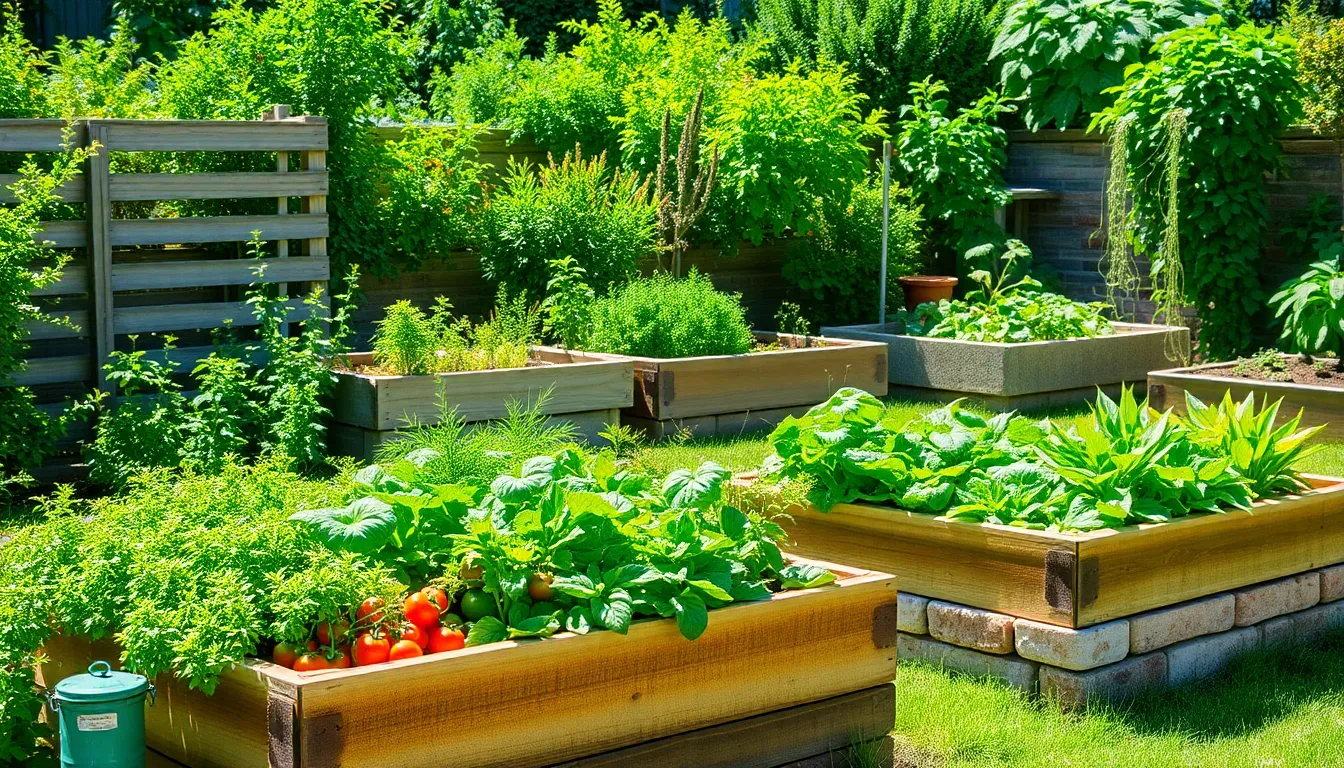Embarking on the journey of building a raised garden bed is like opening a new chapter in your gardening story, whether you’re sowing your first seeds or adding another triumph to your gardening repertoire. Raised beds offer a world of possibilities: improved drainage, extended growing seasons, and the ability to cultivate a vibrant array of plants in almost any location. In this article, we will delve into the common missteps that can occur during the construction of these versatile garden spaces, ensuring your efforts yield bountiful and beautiful results.
For beginners, the excitement of crafting a raised garden bed can sometimes lead to oversights that impact plant health and productivity. Meanwhile, seasoned gardeners might find themselves overlooking simple but crucial details amidst the complexity of their gardening endeavors. By identifying potential pitfalls before they arise, you can ensure that your raised beds become the thriving heart of your garden, brimming with life and color.
As you read on, you’ll discover practical advice and expert insights designed to enhance your gardening skills and boost your confidence. We’ll explore fundamental considerations such as location, soil composition, and material choices, each playing a pivotal role in your garden’s success. With these tools at your disposal, nurturing a flourishing raised garden bed will feel not just achievable but truly enjoyable.
Improper Soil Selection
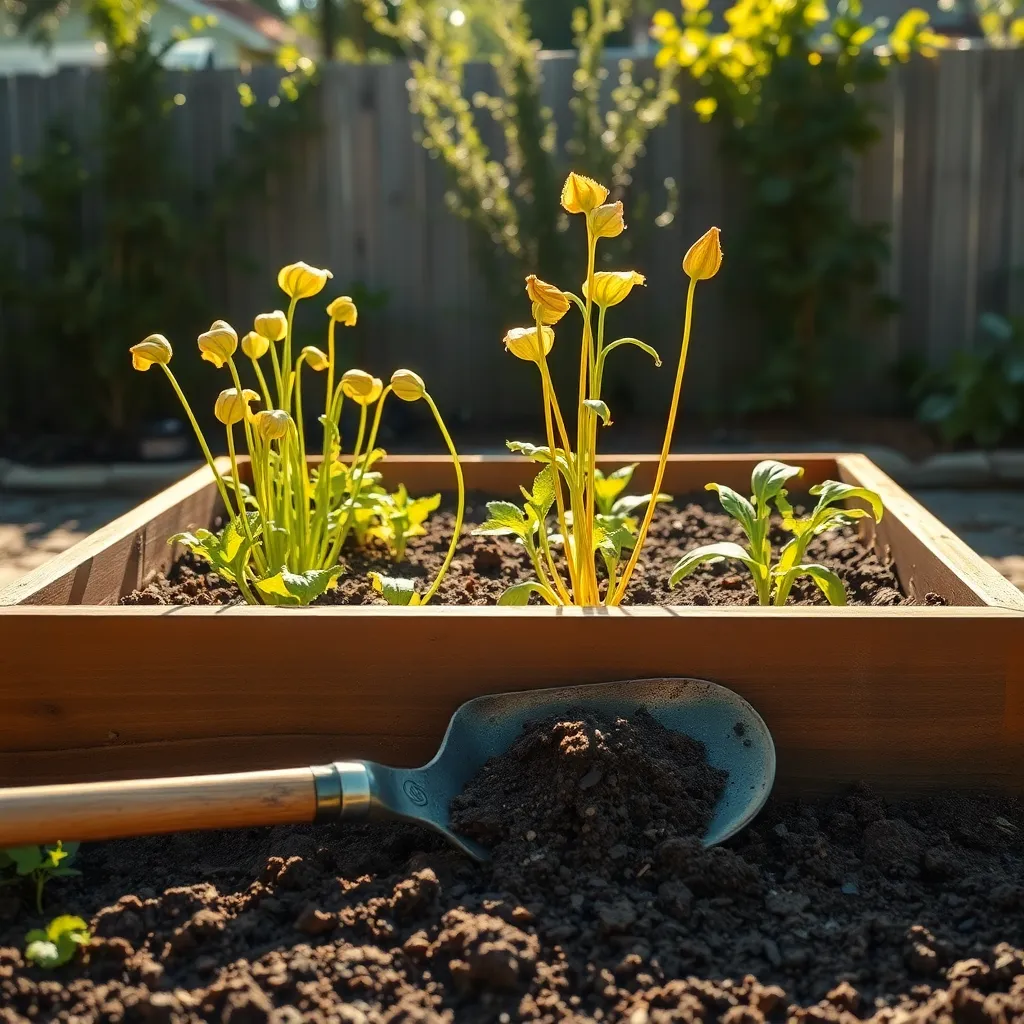
Choosing the right soil for your raised garden bed is crucial, yet often overlooked. Using improper soil can hinder plant growth and lead to disappointing results.
It’s essential to select a soil mix that provides excellent drainage while retaining enough moisture for plant roots. A balanced blend of topsoil, compost, and peat moss is typically recommended for most raised beds.
For beginners, starting with a pre-mixed raised bed soil can simplify the process and ensure plants receive the right nutrients. More experienced gardeners might customize their soil mix by adding components like worm castings or perlite for improved aeration and nutrient content.
When planning your soil selection, consider the specific needs of the plants you intend to grow. For instance, vegetables like tomatoes thrive in slightly acidic soil with a pH of 6.0 to 6.8, so adjusting your mix accordingly can lead to better yields.
Inadequate Drainage System
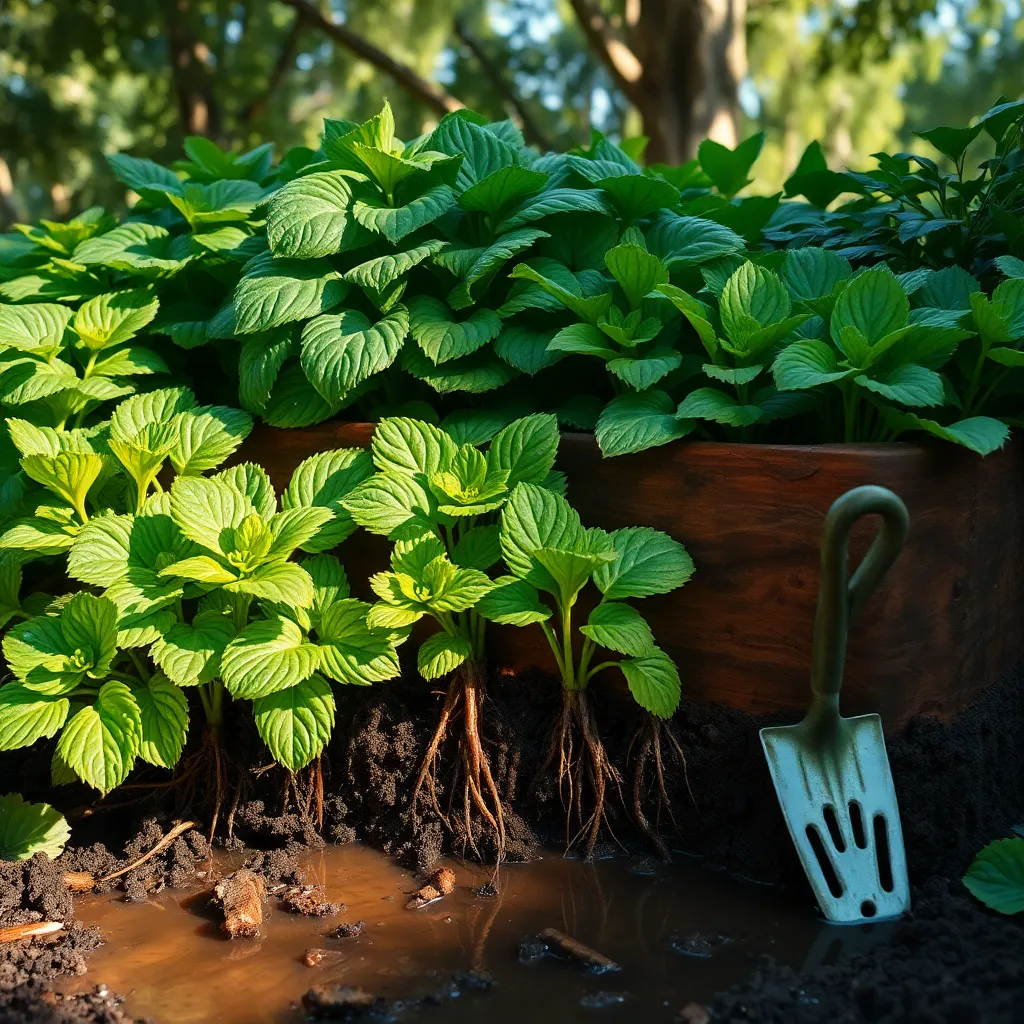
Ensuring proper drainage in a raised garden bed is crucial for plant health and growth. Without adequate drainage, water can accumulate, causing root rot and stunted growth in your plants.
To promote effective drainage, consider the materials you use to build your raised bed. Opt for porous materials, like untreated wood or stacked stones, which allow excess water to escape more easily.
Another practical step is to layer the bottom of your bed with coarse materials such as gravel or small stones. This layer acts as a drainage reservoir, preventing water from pooling at the root level.
For an added layer of protection, incorporate organic matter like compost into the soil mix. Compost improves soil structure, enhancing both drainage and nutrient availability, which is beneficial for all plants.
Incorrect Bed Dimensions
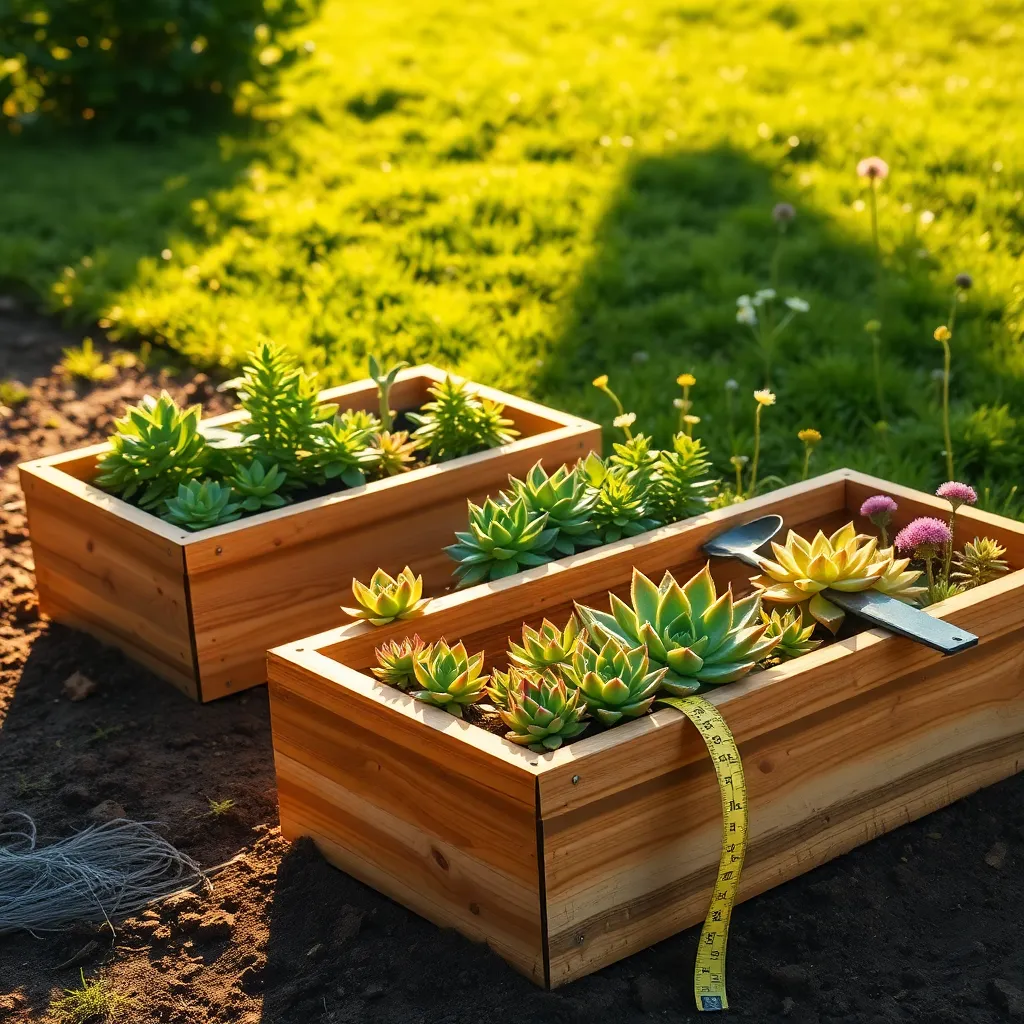
Choosing incorrect bed dimensions is a common mistake that can hinder the success of your raised garden bed. It’s essential to balance size with accessibility; a bed should be narrow enough for easy reach but wide enough to maximize growing space.
For most gardeners, a width of 3 to 4 feet is ideal, allowing you to reach the center from either side without stepping on the soil. Length can vary, but consider your space and plant types; longer beds can accommodate more plants but may require additional support or irrigation planning.
Ensure your raised bed is deep enough, typically at least 6 to 12 inches, to provide root space for most vegetables and flowers. Deeper beds, around 18 inches, can support root vegetables like carrots or parsnips and improve drainage in areas with heavy rainfall.
For optimal plant health, fill your bed with a mix of topsoil, compost, and peat moss or coconut coir to ensure good aeration and nutrient availability. Regularly check and adjust soil pH and fertility to match the needs of your chosen plants, and remember to replenish nutrients with fresh compost each growing season.
Poor Sunlight Positioning
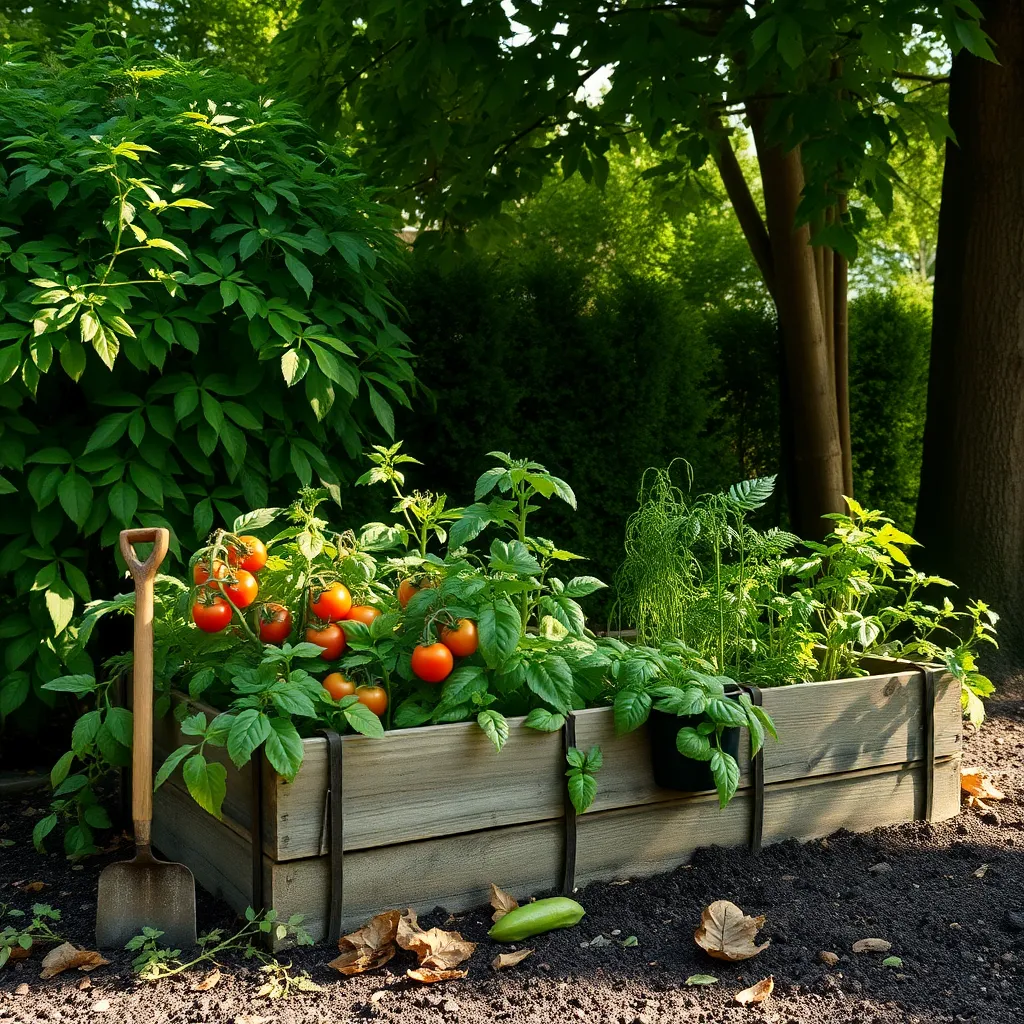
When building a raised garden bed, it’s crucial to consider sunlight exposure, as poor sunlight positioning can severely impact plant growth. Ideally, your garden should receive at least six to eight hours of direct sunlight daily, which is essential for most vegetables and flowering plants.
To optimize sunlight exposure, observe your garden area throughout the day and note where shadows fall. This will help you identify the sunniest spots, ensuring your plants get the light they need to thrive.
For those with limited sunny spots, selecting shade-tolerant plants is a practical solution. Vegetables like lettuce, spinach, and kale, as well as herbs such as mint and parsley, can grow well in partial shade.
Advanced gardeners might consider using reflective surfaces, like white walls or mirrors, to increase light exposure in shadier areas. Additionally, planting tall plants at the north end of the bed prevents them from shading smaller plants.
Using Untreated Wood Materials
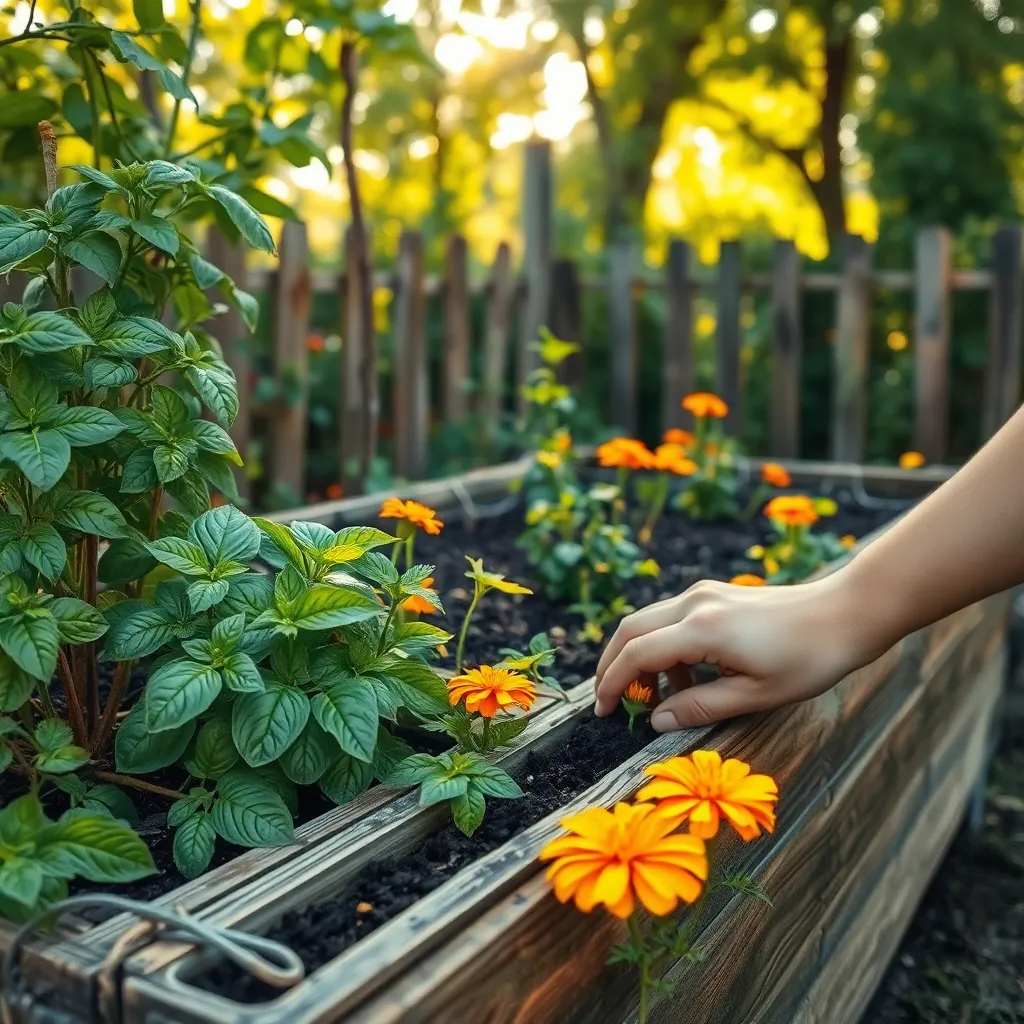
Choosing the right materials for your raised garden bed is crucial to its longevity and effectiveness. Using untreated wood can pose challenges, but it also offers some benefits that are worth considering. Untreated wood is free from chemicals, ensuring that no harmful substances leach into the soil and affect your plants. This makes it an excellent choice for organic gardeners who prioritize maintaining a chemical-free garden environment.
However, untreated wood is more susceptible to rot and decay, especially when in constant contact with moist soil. To prolong its lifespan, consider applying a natural, non-toxic sealant to protect the wood from excessive moisture. Additionally, lining the inside of the bed with a heavy-duty landscape fabric can help create a barrier that reduces direct soil contact with the wood, further extending its durability.
When selecting untreated wood, opt for naturally rot-resistant types such as cedar or redwood. These woods have inherent properties that make them more resistant to decay compared to other types like pine. For those looking to save on costs while still using environmentally friendly materials, reclaimed wood can be a viable option, provided it is free from old paint or treatments.
Regular maintenance can also play a key role in preserving untreated wood garden beds. Inspect the wood annually for signs of deterioration and address any issues promptly to prevent further damage. By paying attention to these details, gardeners can enjoy the benefits of using untreated wood while minimizing the downsides, creating a thriving and sustainable garden space.
Conclusion: Growing Success with These Plants
In navigating the garden of relationships, avoiding common pitfalls can yield a flourishing partnership. First, prioritize communication to nurture mutual understanding. Second, ensure equal effort from both partners, fostering a balanced dynamic. Third, practice empathy to cultivate deeper connections. Fourth, set boundaries that respect individual spaces while strengthening the union. Lastly, regularly express appreciation to keep love blooming.
To put these concepts into practice, start today by initiating an open conversation with your partner about your shared goals and individual needs. This simple step can pave the way for greater harmony and alignment in your relationship.
Don’t forget to bookmark this article as a handy guide for nurturing your relationship garden. By having this resource at your fingertips, you can revisit these essential concepts anytime you need a refresher or encounter new challenges.
Looking ahead, embrace the journey of learning and growing together. With these foundational principles in mind, your relationship can thrive, becoming a source of joy and resilience. Remember, every step you take today sows the seeds for a more connected and fulfilling tomorrow.

